Hästens Monocle
Rise & shine every day
Hästens facilitates a good night’s rest, which improves concentration, wellbeing and mental health. Only through sleep can we feel truly awake. To celebrate this, Monocle has brought together a global cast of smart, entrepreneurial talent. For these creatives and chefs, sleep is a key component in their ability to think, create and excel. These are people who prioritise their wellbeing and deserve to be recognised for doing so. They are drēmərs – people who not only dream but are fully awake and use their abilities and determination to realise their visions. So join us as we engage in compelling dialogue about quality of life, the power of sleep and all that surrounds it with the world’s drēmərs.
Building on sleep
How an architect designs his life
Peter Hornung
Architect
Swiss architect Peter Hornung was swimming when he decided to launch sustainable brand Round Rivers, which turns plastic from Zürich’s Limmat river - and others around it - into upcycled swimwear.

How did you set up Round Rivers?
I thought it would be very easy to turn plastic bottles into clothing but it is very difficult. But that motivated me because it meant that if I could make it possible, the idea would be even more unique. So I studied for a year and then found partners who helped me with my goal.
What kinds of activities help you find balance and feel better rested?
Meditating helps me a lot when I’m busy and sport is important to me; I always get the best ideas when I’m running. But I would also say cleaning the rivers. Once a week I swim in the Limmat and collect plastic bottles. You don’t need to think much. And when it’s done, you know that you have done something good.
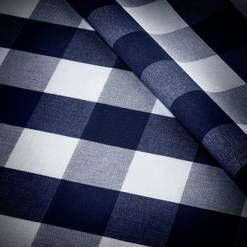


In focus
How a designer stays sharp
Gesa Hansen
Designer
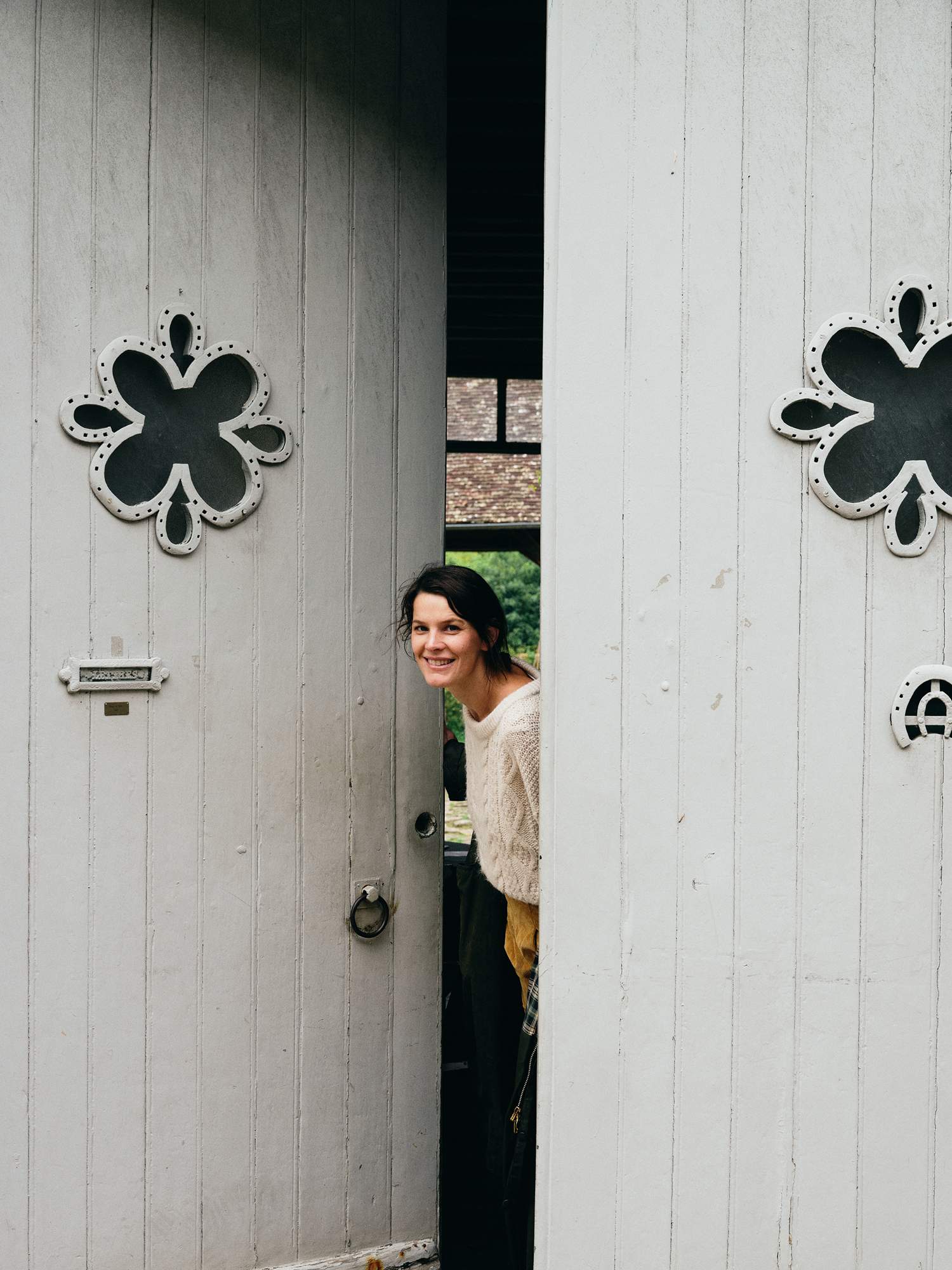
Gesa Hansen is no stranger to the pursuit of beauty. At her workshop just outside Paris, she makes furniture and designs interiors for clients around the globe. Influenced by her Scandinavian background and her time studying in Japan, Hansen’s studio has collaborated with brands including Armani and Villeroy & Boch. She prefers to stay close to home. Life in Paris left her tired and uninspired; a move to the countryside turned out to be just what she needed. Here, she tells us about her daily routines and the inspiration she finds in nature.
How has nature inspired your work?
Nature is a dictionary of forms and I’ve always been inspired by its shapes. Before I moved, I was craving working with craft and wood.
How do you prepare for the day ahead? What’s your wellness routine?
I tend to wake up at 05.30 then do a little yoga. I’m a huge fan of cold showers – once you start you can’t stop – followed by a walk, even if it’s cold and even if it’s raining. There’s something I love about being able to accept any form of weather.
Why is it important for you to be well-rested during the week?
My family is really sporty and I spend a lot of time on horses. During the weekend, we like to invite other families over, make big dinners and walk in the forest for hours on end.

Dreaming of success
At some point, we all need to slow down and some are starting to understand that success is about taking our time. Productivity is no longer about checking off an endless to-do list; it’s about thriving by looking after ourselves. This is where sleep comes in. The checked pattern on a Hästens bed symbolises this dream of success. Its beds are synonymous with great design and master craftsmanship. Every detail in a Hästens bed is functional and goes beyond beauty. The goal is to emphasise a user’s natural sleeping posture to allow for high-quality sleep.
Natural rhythm
How a new mother rests well
Erchen Chang
Entrepreneur
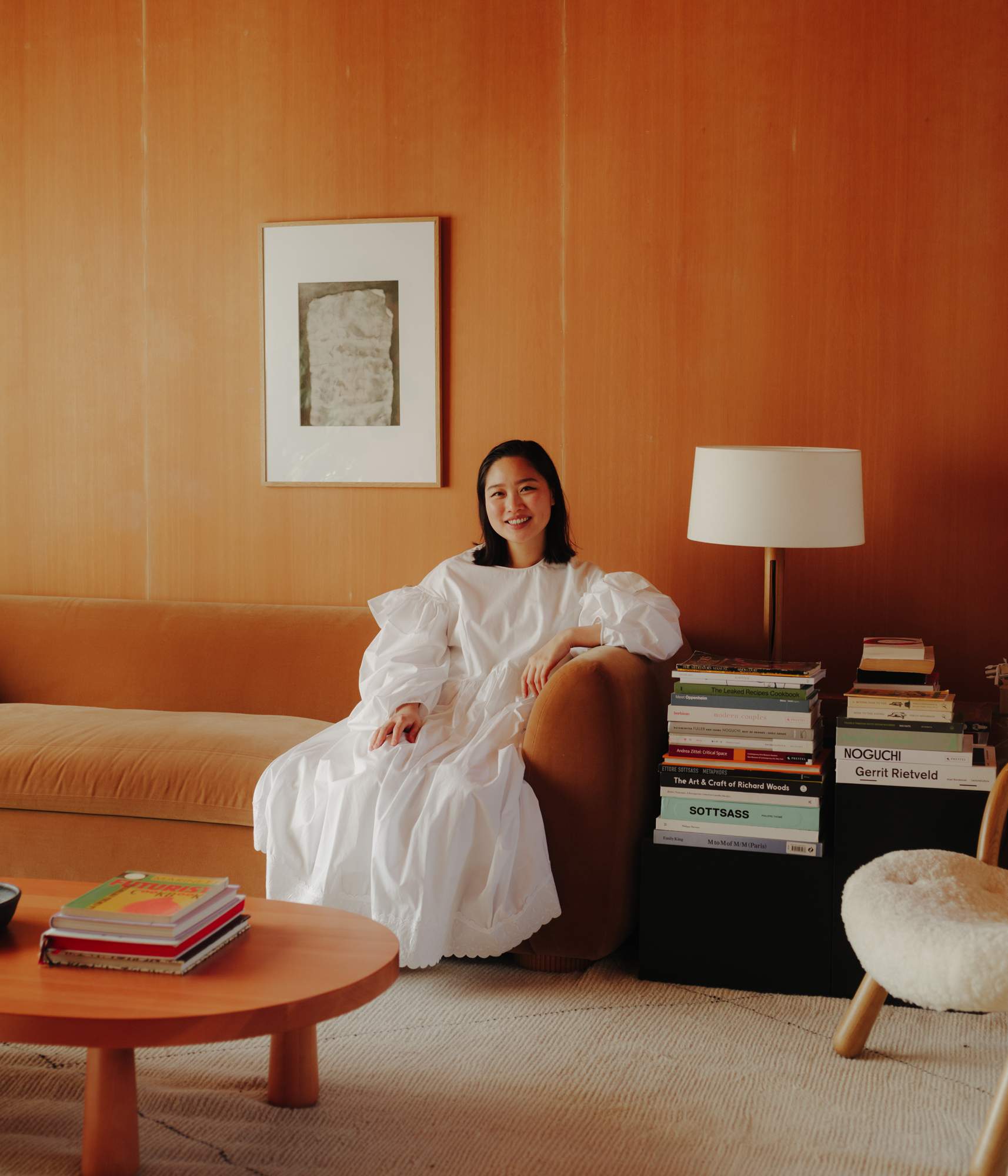
Erchen Chang never planned on working in food. Originally a sculptor, she became interested in the restaurant industry after graduating from art school and setting up a small food truck in London’s East End. Now, as creative director and co-founder of restaurant group Bao, she is responsible for ensuring that all of six of the restaurant’s locations are up to standard.
What role does rest play in your life?
I had a baby recently. Before, my whole life was work and now that I’ve had a baby, I’ve switched off. I haven’t had that since 2013, when we opened the first restaurant. In Taiwan there’s a strong culture of healing after birth; new mothers are told to rest properly. I’ve always loved that idea.
As a new mother, have you been able to get much sleep?
It’s a different type of rest. Before, sleep came in blocks and weekends were for winding down. Now I’m home most of my time, my sleep is more broken but life feels less urgent. The pace is different.
Do you remember your dreams?
Yes. Because my job has always been quite full on, I often even come up with ideas in my sleep. I know that sounds tiring but I love getting those epiphanies.
What helps you switch off?
Travel. Prior to the pandemic, I’d go to Asia at least once or twice a year.
Living the dream
Hästens’ CEO on leading the firm
Jan Ryde
CEO, Hästen
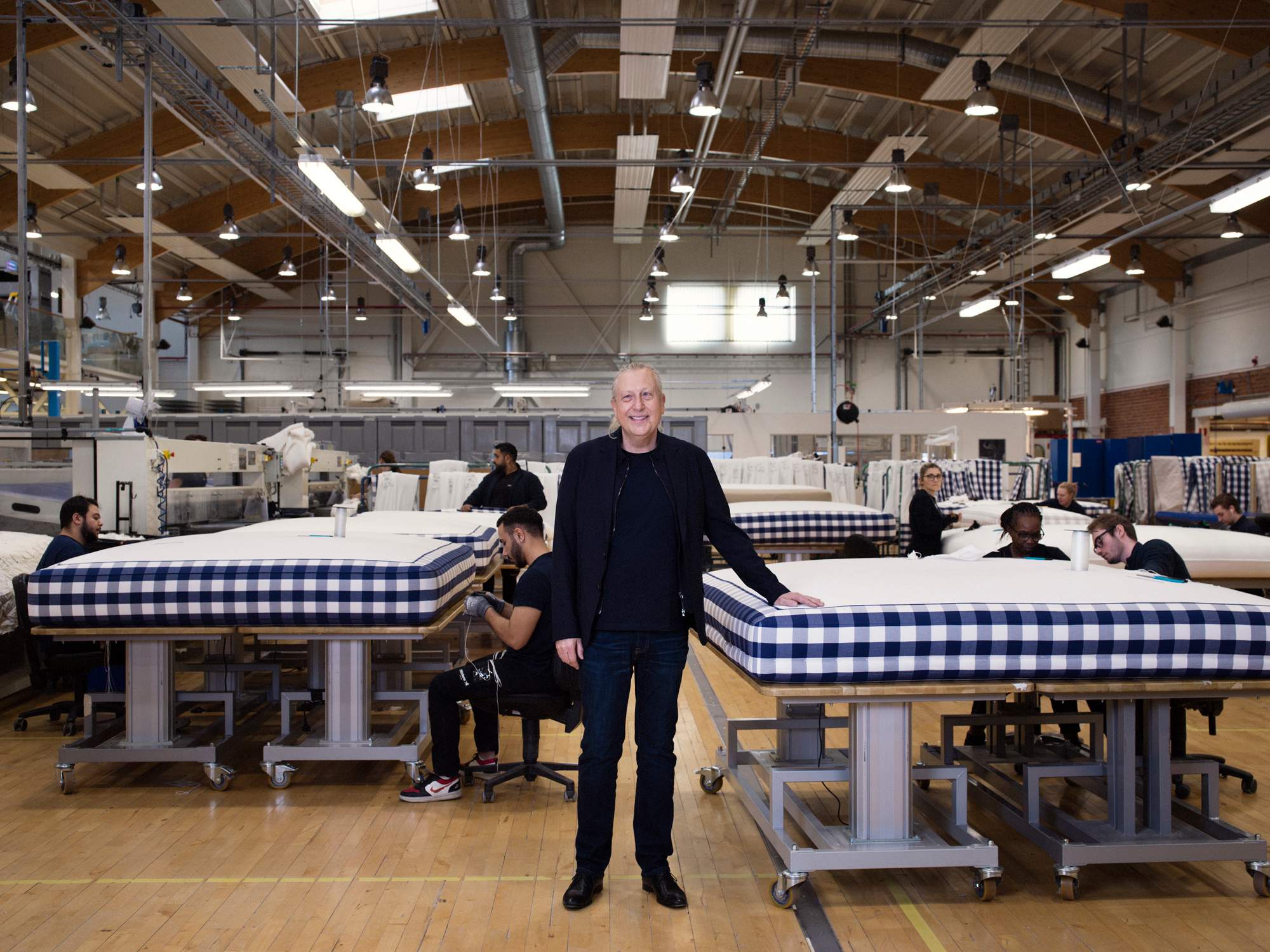
“What is more important than sleeping?” asks Hästens CEO Jan Ryde as he leads Monocle through the family firm’s impressive headquarters. With his sons also working for his bed-making brand, Ryde’s approach in continuing to grow the family business, which is now in its sixth generation, is steeped in the admirable values that Pehr Adolf Janson, his grandfather’s grandfather, instilled in Hästens from its foundations in 1852. Here, Ryde talks craft, purpose and sleep – and how Hästens has combined them throughout its 170-year history.
When making a Hästens bed, you talk about working to a ‘master standard’. What does this mean?
We started in 1852 and have evolved over 170 years – we’re now making beds not saddles. But the values of our founder, a certified ‘master’, still apply. The “master standard” is about integrity - working to the highest standard but still with the desire to improve. At Hästens we’re still improving every day in an attempt to make the product as good as possible.


Why is it important to create a product that helps people by improving their sleep?
It’s important to create balance in everyone’s lives. We are not “human doing”; we are human being. We can have work goals but we need to take care of our emotional wellbeing, health and spiritual wellbeing too. If we are going to be able to reach higher levels of creativity and abundance, we need to love ourselves.
What is a ‘drēmər’ to you?
Just like us at Hästens, there are a lot of people who want to do something more and create something better – and they are driven to do so. They might want to do something that has never been done before and, as the old phrase goes, “If you can dream it, you can achieve it”. There is a lot of truth in that. At Hästens we have dreamed higher to create some amazing things. Our drēmər bed is just the latest manifestation of that.
How does this philosophy chime with those who see that investing in a bed is a way of investing in their health and wellness?
There are many types of consumers but for us it’s more about being honest and asking ourselves, “How can we serve them the best?” From this approach, the best we can do is to keep our integrity and never compromise. We want to make the best beds in the world because we believe that there are enough people on the planet for us to keep growing. Any Hästens bed, comes from this perspective, and from us being our customers’ servant.
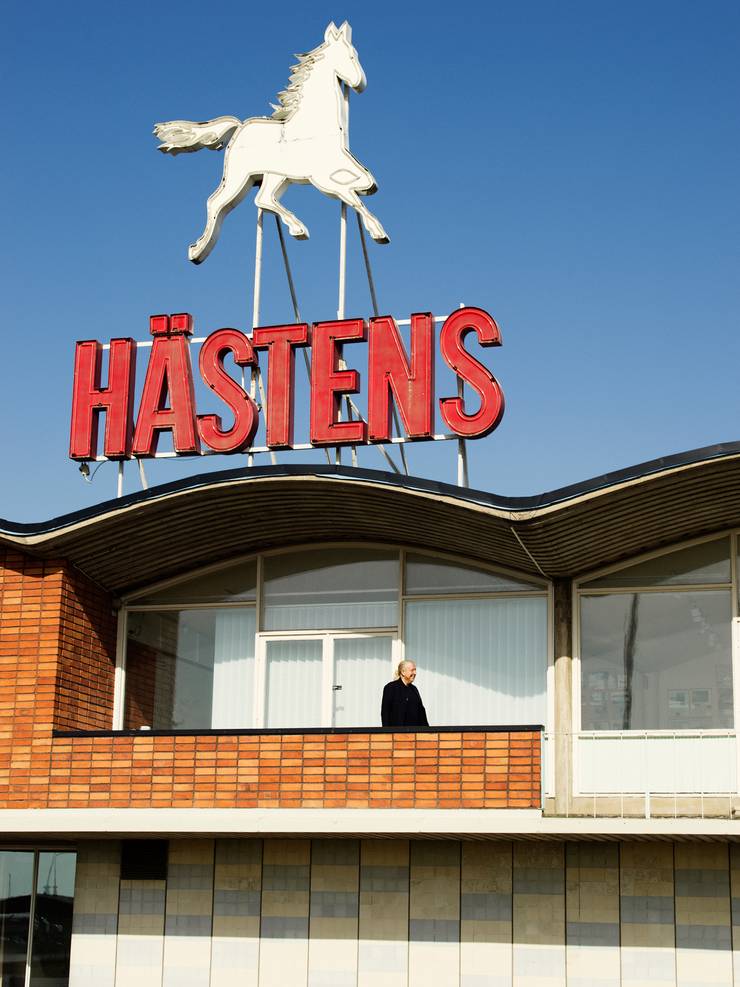
Why is sleep so valuable to you?
Everything changes when you sleep well. We know this because we can now track sleep. I also know this personally because when I sleep on a bed at a hotel that’s not as good as a Hästens bed, I feel totally exhausted the next day. I have to come home and sleep. When I sleep properly, I’m happier, I’m more loving and I’m never stressed.
Why should someone invest in your drēmər bed?
We’ve been working on the drēmər bed for two years to really make something amazing. I would simply invite people to go into a Hästens shop, anywhere in the world and experience it for themselves. They will experience the love and care that we have put into our products – a process that started more than 170 years ago with the dream of serving others with what they truly need.
we’ll take care of the rest...
“The drēmər is a physical manifestation of our mission to make our world a better place,” says Jan Ryde, CEO of Swedish bed-makers Hästens. The man driving the family firm has science on his side: a good night’s sleep can help us feel healthier, be more productive and look younger.
The drēmər, designed by Ferris Rafauli, marks Hästens’ 170th anniversary and aims for restful slumber. With a bed comprising wool, cotton and horsehair, all hand-crafted in rural Sweden, the drēmər gives a sense of weightlessness, offering the kind of life-enhancing sleep that we should all be dreaming of.
making sleep easy
To mark 170 years in business, Hästens has continued its collaboration with Canadian designer Ferris Rafauli by launching the drēmər. Rafauli , an interiors specialist, has a fastidious attention to detail that comes to life across every aspect of the drēmər’s design. The fabric used to upholster the bed and its headboard is uniquely woven to provide a luxurious tactility. Coming in four colours – Traditional Blue, Black Shadow, Natural Shale and Phantom Charcoal – every bed arrives with a crest saying, “drēmər, The Day Is Yours.” There’s no better way to wake up.
170 YEARS OF REFINEMENT
Hästens started as a saddle-making business in the 19th century, founded by Pehr Adolf Janson. His son, Per Thure, took over in 1885 and chose to focus on horsehair beds. Now fifth-generation CEO Jan Ryde runs a rapidly growing global brand. Hästens’ beds can be found in well-appointed homes from Miami to Milan but since 1852 all have been made by hand in Köping, Sweden. Emphasising quality at every stitch,the beds contain fine layers of cotton and wool interspersed with springs and horsehair – and the bed’s signature blue-and-white check pattern is a design icon.
Flying start
How an aircraft interiors designer aims high
David Caon
Caon Design Office

Designing for sleep is something of a speciality for David Caon, whose portfolio includes creating cosy interiors for Boeing’s 787 Dreamliner, which emphasised providing sky-high shut-eye. Based in Sydney’s leafy Chippendale neighbourhood, Caon takes a cross-disciplinary approach to his work, which includes product design, interiors for aircraft cabins and airline lounges, and more.
What is your approach to design?
The worst thing I could do would be to design something that annoys people. So it’s really about the analysis of a problem and putting function first. If we stick to this approach, we can make people’s lives better. That’s front of mind for us, especially in transport.
You designed the interiors for Boeing’s 787 Dreamliner aircraft. What did you learn about creating restful environments?
The most important thing was temperature; if it is too hot, you won’t sleep. This means you need to have seat materials that dissipate heat, such as wool or cotton; synthetic fibres trap heat.
Has this changed your approach to and appreciation of sleep?
We have a saying in our house that sleep begets sleep. If we sleep more, we get in the habit of sleeping more and waking up with more energy. More energy means more focus; if I’m poorly rested for whatever reason, then my thought process is poor and I can’t solve design problems.

